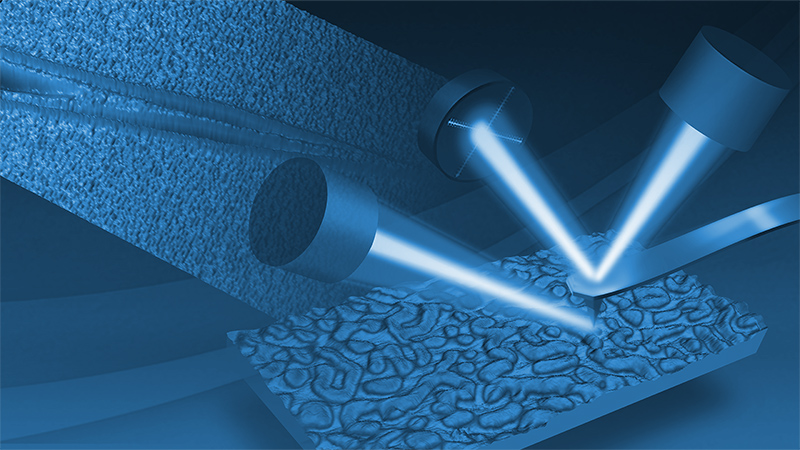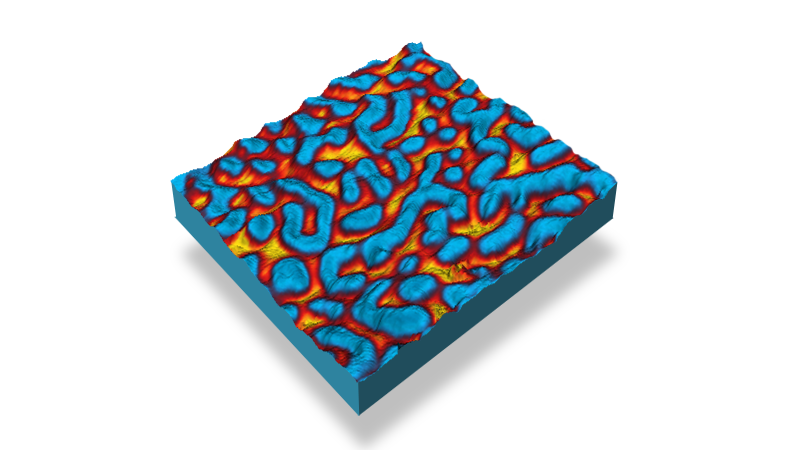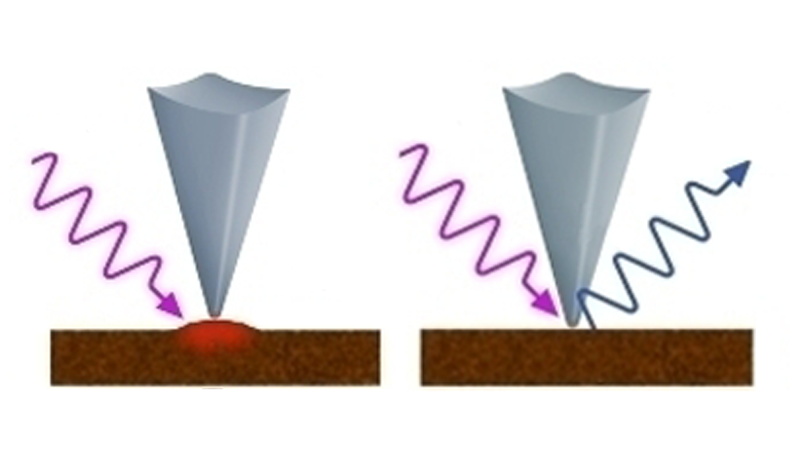

NanoIR Spectroscopy and Imaging: Recent Developments and Applications
Learn how the latest AFM-IR technology supports leading-edge research
In this webinar, our speakers draw from their research and experiences across a wide variety of disciplines to discuss the history of AFM-IR, examine recent advancements in AFM-IR capabilities, and explore a wide range of applications for this technique.
Webinar Summary
By combining infrared spectroscopy with atomic force microscopy (AFM-IR), it is possible to perform chemical analysis and compositional mapping with a spatial resolution down to 10 nanometers — significantly below standard optical diffraction limits.
Our speakers examine the origins of the AFM-IR technique, detail recent advancements, and explore a wide range of possible AFM-IR applications. These applications draw from their research and experiences across a wide variety of disciplines including materials science, life science, and astrochemistry. This workshop features talks on the use of AFM-IR to study:
- The buried interphase structure of polymer/metal oxides;
- Nanoscale regions inaccessible to most organic analysis techniques, and
- Scattering SNOM imaging of the nanoscale light-matter interaction from bubbles in graphene heterostructures.
Find out more information about Bruker's solutions for AFM-IR Spectroscopy:
Featured Products and Technology
Speakers
Alexandre Dazzi, Université Paris-Saclay, Institut de Chimie Physique
Alexandre Dazzi is a tenured Professor of Physics at Université Paris-Saclay and works at the Institut de Chimie Physique. His research focuses on the infrared and nanoscience domain. After inventing and developing the AFM-IR technique, he has worked on improving AFM-IR instrumentation and focused on biological applications. He now has a user facility and collaborates with various groups in different domains like astrophysics, culture heritage, polymer science, and microbiology. He was the 2009 laureate for France's national instrumentation prize from the Societé Francaise Division de Chimie Physique and received the Ernst Abbe Award in 2014 from the New York Microscopical Society.
Tom Vincent, the UK’s National Physical Laboratory (NPL) and Royal Holloway, University of London
Tom Vincent joined the Quantum Materials and Sensors group at the UK’s National Physical Laboratory (NPL) as a research student in 2017, after finishing his undergraduate degree in physics at the University of Surrey. His studentship is held jointly between NPL and Royal Holloway, University of London. His work studies 2D materials, with a particular focus on the interplay between light-matter interactions and the physical features of real 2D materials, such as fractures, strains, and bubbles.
Dr. Francesco Simone Ruggeri, Assoc. Prof. of Nanoscale Microscopy and Spectroscopy, Wageningen University and Research (WUR), Netherlands
Dr. Francesco Simone Ruggeri obtained a PhD in Biophysics in 2015 at the École Polytechnique Fédérale de Lausanne, Switzerland. Following his doctorate, he completed an independent Jr. Research Fellowship at the Dpt. of Chemistry at University of Cambridge and at Darwin College (UK) where he also received a Master of Arts for his management role of the college. At WUR, he is also Chairman of the Nanoscopy Facilities for Analytical ChemisTry (NanoFACT).
Dr. Ruggeri's research lies at the intersection of physics, chemistry, and biology, with a particular emphasis on developing and applying transformative nano-analytical imaging and spectroscopy that allows multimodal mechanical and chemical characterization. His work has significantly advanced the field of AFM-IR, enabling chemical fingerprinting and structural analysis down to the single-molecule level and in liquid environments.
Dr. Ruggeri’s group applies these technologies to study biomolecular systems, focusing on the protein phase transitions underlying the onset and progression of neurodegenerative diseases, such as Alzheimer's and Parkinson's. Their work also extends this approach to the study of functional biomaterials, perovskites, polymers, and micro-/nanoplastics. Dr. Ruggeri has authored over 80 peer-reviewed scientific articles, published in journals such as Nature, PNAS, and Science. He has an h-index of 45 and has been cited over 6,700 times.
Dr. Suzanne Morsch, Research Fellow, AkzoNobel Laboratory for Corrosion Protection in the Department of Materials at the University of Manchester
Dr. Suzanne Morsch obtained her Ph.D. in Surface Science from the University of Durham in 2013, for research focused on AFM lithography and plasma polymer films. Since 2013 she has held a role first as the lead Research Associate, now as Research Fellow, in the AkzoNobel Laboratory for Corrosion Protection in the Department of Materials at the University of Manchester. Her research focuses on the relationship between nanostructure, small molecule transport, and degradation of polymer networks.
Miriam Unger, Ph.D.
Applications Manager EMEA, NanoIR, Bruker Nano GmbH
Hartmut Stadler, Ph.D.
Applications Engineer, Bruker Nano GmbHHartmut Stadler works as an application scientist for Bruker Nano Surfaces and is now mainly focussed on the chemical side of AFM, including electrochemical operation and nanoscale IR techniques. His background is Physical Chemistry, with a PhD thesis in the field of biofilm characterization using macroscopic and nanoscopic methods. Since more than 25 years he operates AFMs and since more than 20 years he supports Bruker’s European AFM customers and distribution channel partners in AFM-application related questions.


